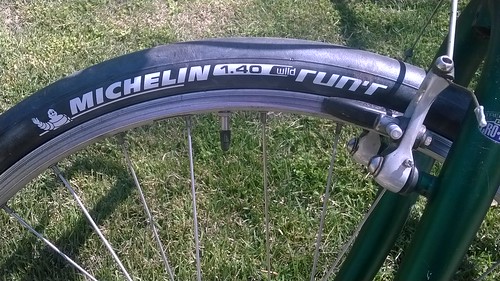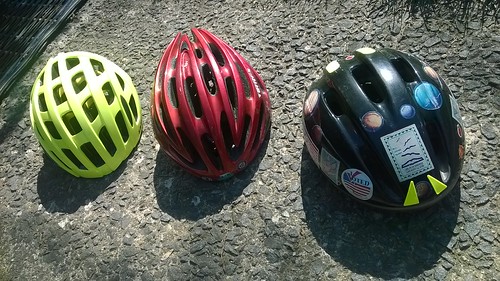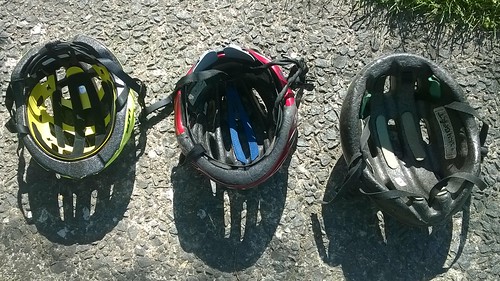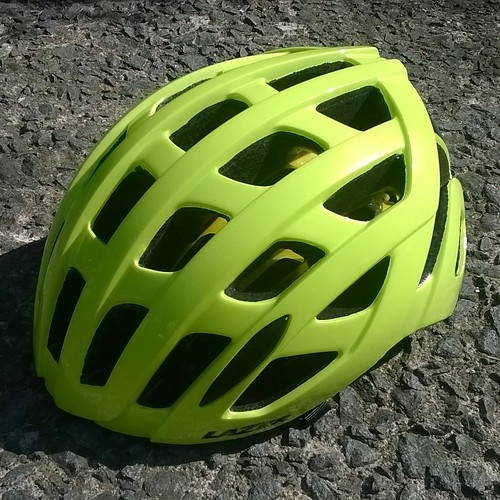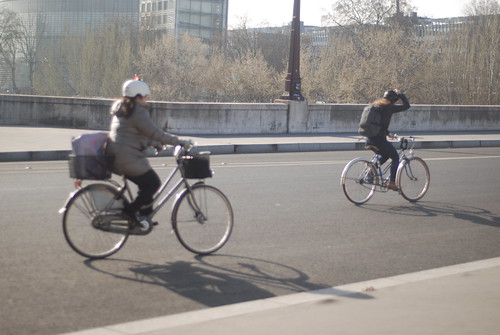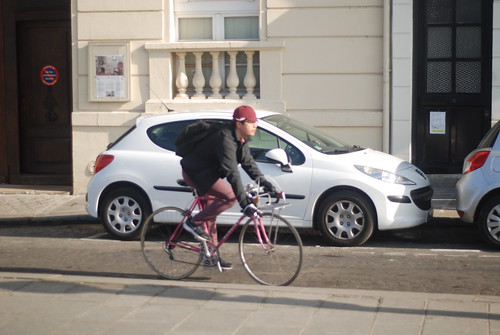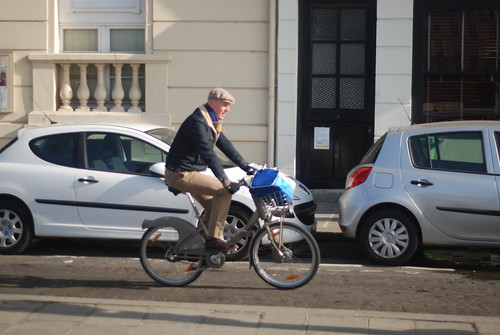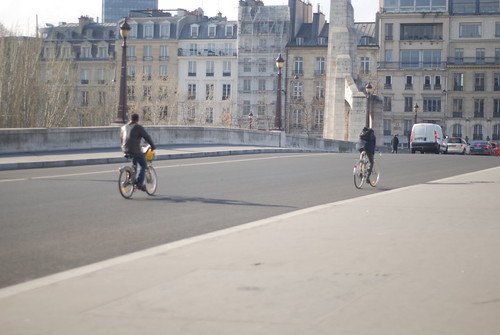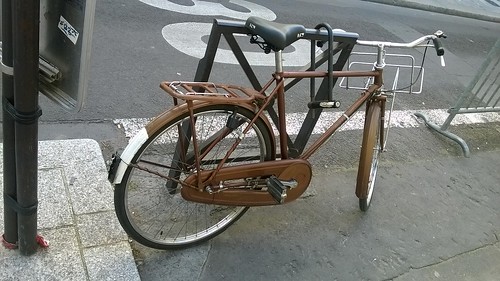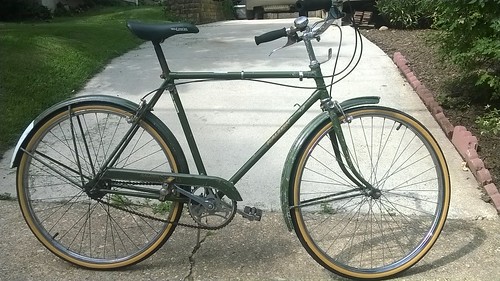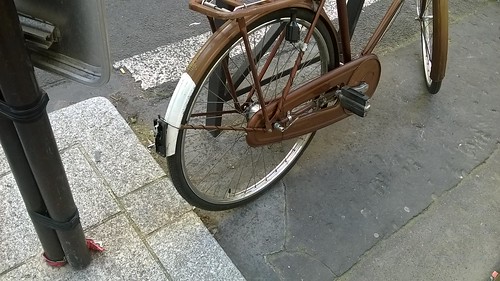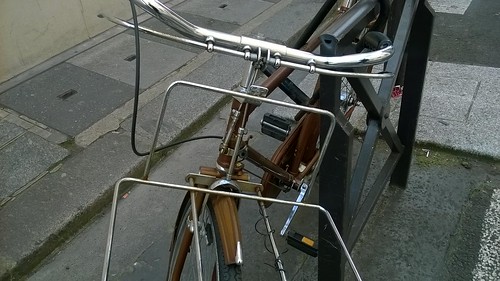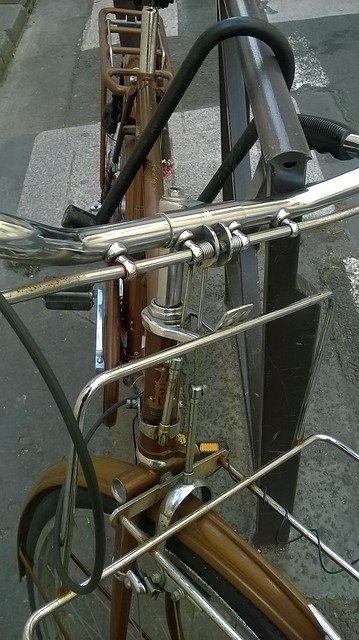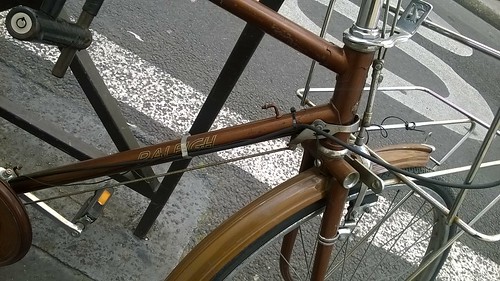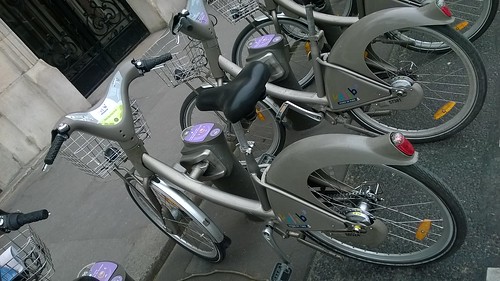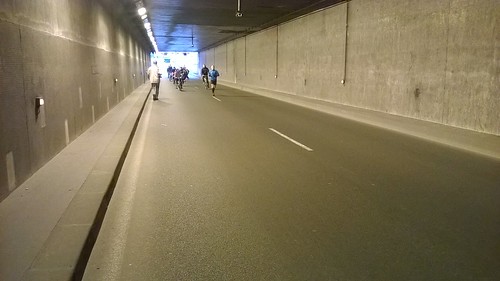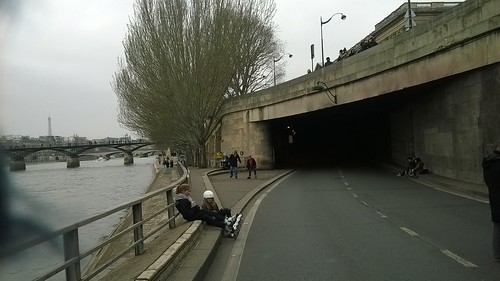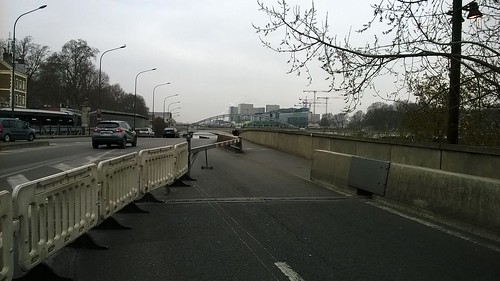 The Cyclist's Bucket List: A Celebration of 75 Quintessential Cycling Experiences by Ian Dille
The Cyclist's Bucket List: A Celebration of 75 Quintessential Cycling Experiences by Ian DilleMy rating: 2 of 5 stars
The inside of the dust jacket states that the book "catalogs both the iconic and little known-the accessible and aspirational-sensory and emotional experiences that instill cyclists with a deep passion for the sport."
Well, perhaps. The book is organized geographically, by continent (more or less). The number of "experiences" described per region varies considerably - Africa gets one (although it crosses the entire continent north-to-south) while North America gets 33.
The type of "cycling experiences" described range from truly iconic professional races such as Paris-Roubaix to identification of places that would be nice to ride, such as the San Juan Islands of Washington state or Moab of Utah. The length and quality of the descriptions also varies widely.
For a coffee table sort of book, there are, when you stop to think about it, remarkably few photographs. Several of the two or three page descriptions, such as of RAGBRAI, have no photographs at all. Other than a few photos of the Tour d'Afrique at the beginning (provided by the Tour's organization) the rest seem to be purchases from Getty Images or the like, not produced for this book, shot by different photographers. They all meet the requirements of typical Bicycling magazine "dramatic place bicycle photography."
There is some "get there" and other on-the-spot information that might be helpful to someone who chose to read about one of these rides with an interest in actually doing one, but not much - this is in no way (OK, perhaps in a slight way) a reference book for embarking on these rides.
A public library near you may have this book. Sure, check it out, look through it, return it. It won't disappoint in that case. But this is not a cycling book to own and return to again and again.
View all my reviews in GoodReads of cycling books.

